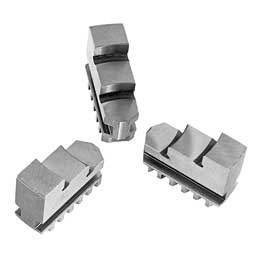for the US there is an act or something that states a product must only have 50% of it parts made in the US to be considered "made in the USA".
No, there are fairly clear standards for what "Made in the USA" means and this isn't even close.
https://www.ftc.gov/tips-advice/business-center/guidance/complying-made-usa-standard#basic


